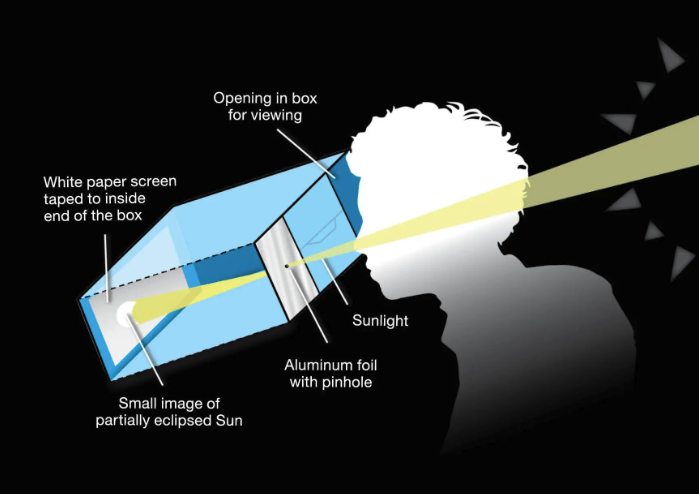Live video: Watch the 2023 ‘ring of fire’ solar eclipse over the U.S.

(NEXSTAR) – An annular, or partial, solar eclipse is passing over the United States, as well as Central and South America Saturday morning.
Millions of Americans are able to see the phenomenon, but only a handful of cities in the “path of annularity,” or the maximum amount of obscuration, will see the “ring of fire” created when the moon lines up perfectly with the sun, leaving only the burning rim visible.
How to watch the 2023 solar eclipse safely – and what you should never do
The 2023 solar eclipse will stream live in the player at the top of this article for those well outside of the path of annularity, but if you’re planning on breaking out the eclipse glasses and seeing it for yourself, this map shows viewing times for a number of cities:
If you aren’t able to travel to the 150-mile-wide path of annularity, you can still see a partial view of the eclipse.
The 80-90% range includes portions of California, Nevada, Oregon, Arizona, Utah, Wyoming, Colorado, New Mexico, Oklahoma, Texas and Idaho, for instance.
Moving a little further from the path of annularity, states with a 70-80% view include parts of Washington, Montana, Idaho, Wyoming, Colorado, Kansas, Nebraska, Oklahoma, Louisiana, Texas, Arkansas, California, and Arizona.
In the U.S., the annular eclipse will start at 9:13 a.m. PDT in Oregon and will last be visible in Texas at 12:03 p.m. CDT before moving on to Mexico, Guatemala, Belize, Honduras, Nicaragua and Panama, according to NASA.
The partial eclipse will begin and end later, however. For example, the partial eclipse in Eugene, Oregon, will begin at 8:06 a.m. PDT but annularity won’t start until 9:16 a.m., reaching its maximum two minutes later. The partial eclipse in Eugene ends at 10:39 a.m. PDT.
How to watch a solar eclipse
Unless you are in full totality and the moon is completely blocking the sun, the most important thing to remember is that you should shield your eyes when staring at the sun.
Be especially careful when it comes to any device that you might normally use to view something far away.
“Viewing any part of the bright sun through a camera lens, binoculars, or a telescope without a special-purpose solar filter secured over the front of the optics will instantly cause severe eye injury,” NASA warns.
Since the sun is never fully covered during an annular eclipse, there is never a safe time to view it with the naked eye. If you plan on viewing or photographing Saturday’s eclipse, make sure your eyes are protected.
Photos: Final solar eclipse of 2022 takes bite out of the sun
Eclipse glasses, which are thousands of times darker than normal sunglasses, are one way of safely viewing an eclipse. If you pick up a pair before Oct. 14, make sure they are undamaged and comply with the ISO 12312-2 international standard. Remember, even your darkest sunglasses aren’t close to sufficient.

If glasses aren’t an option, you can try an indirect viewing method that allows you to see the eclipse without staring at the sun. One example would be to punch a hole in an index card and use that hole to project an image of the sun onto a nearby surface, making sure not to stare through the hole at the sun.
Finally, don’t forget about protecting your skin from the sun, which NASA warns may be very bright. While viewing an entire eclipse, you could be exposed to the sun’s rays for hours.
For the latest news, weather, sports, and streaming video, head to KTLA.

